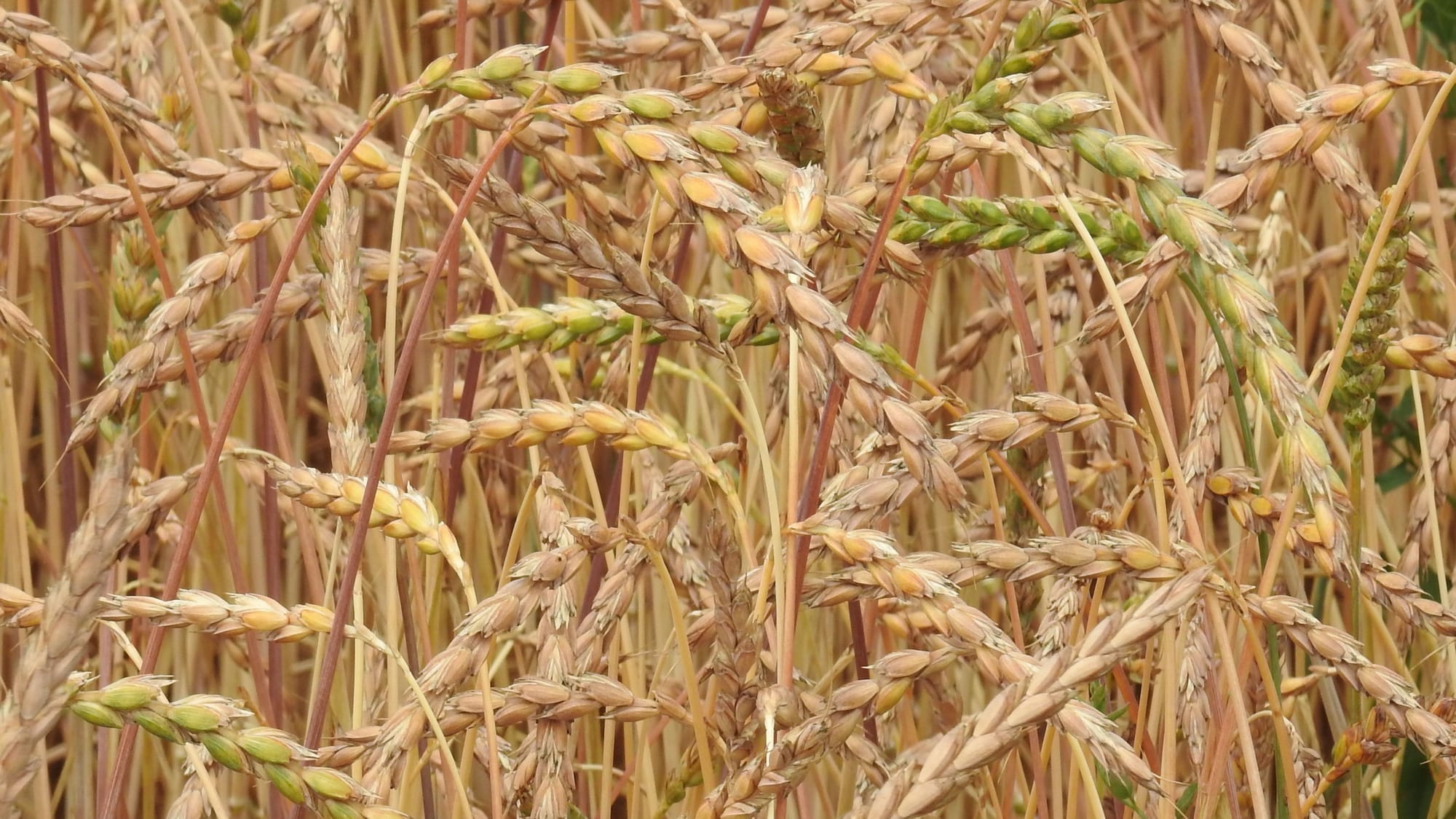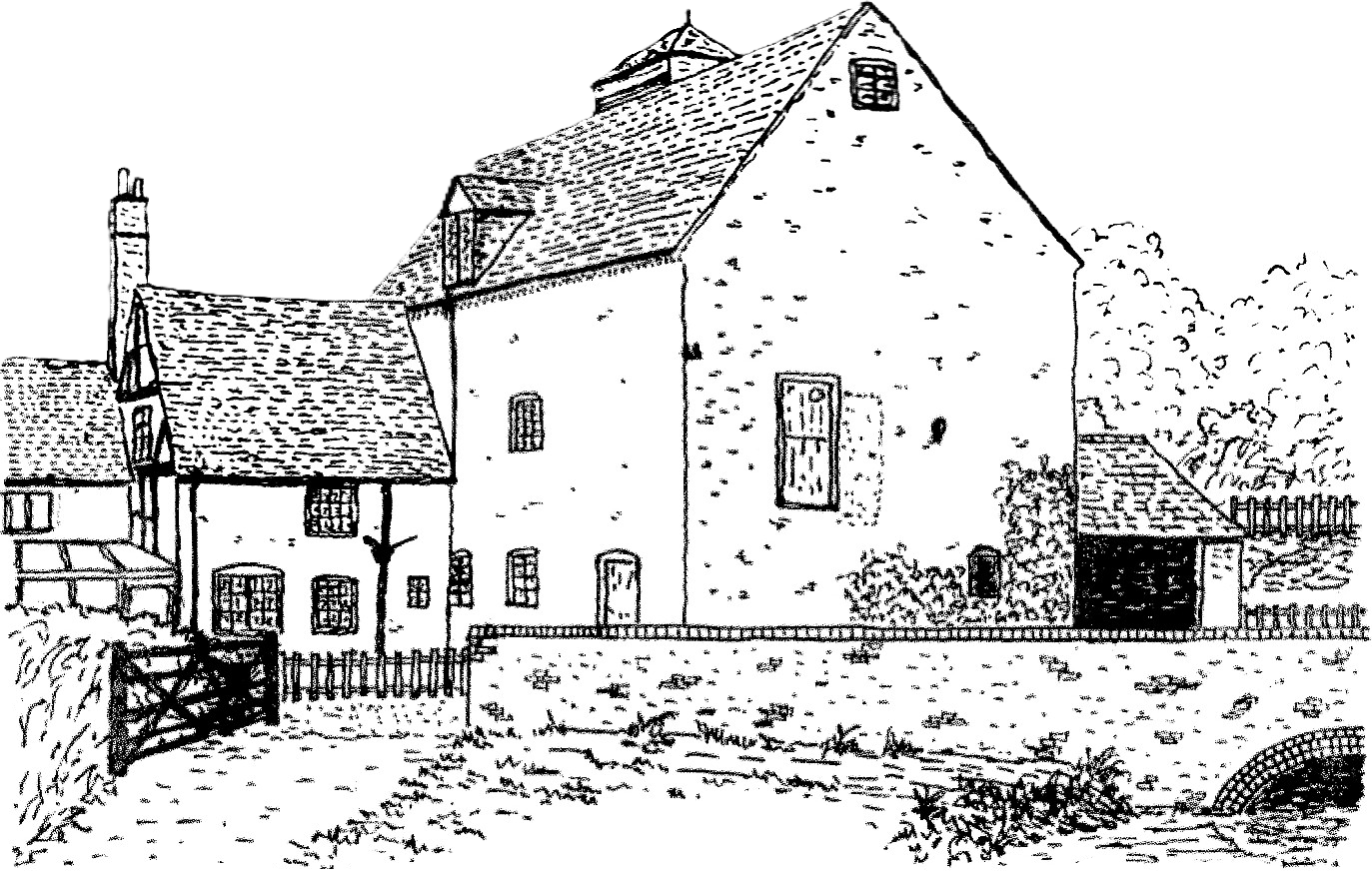What's in the Wheat Cage at New Hall Mill 2025
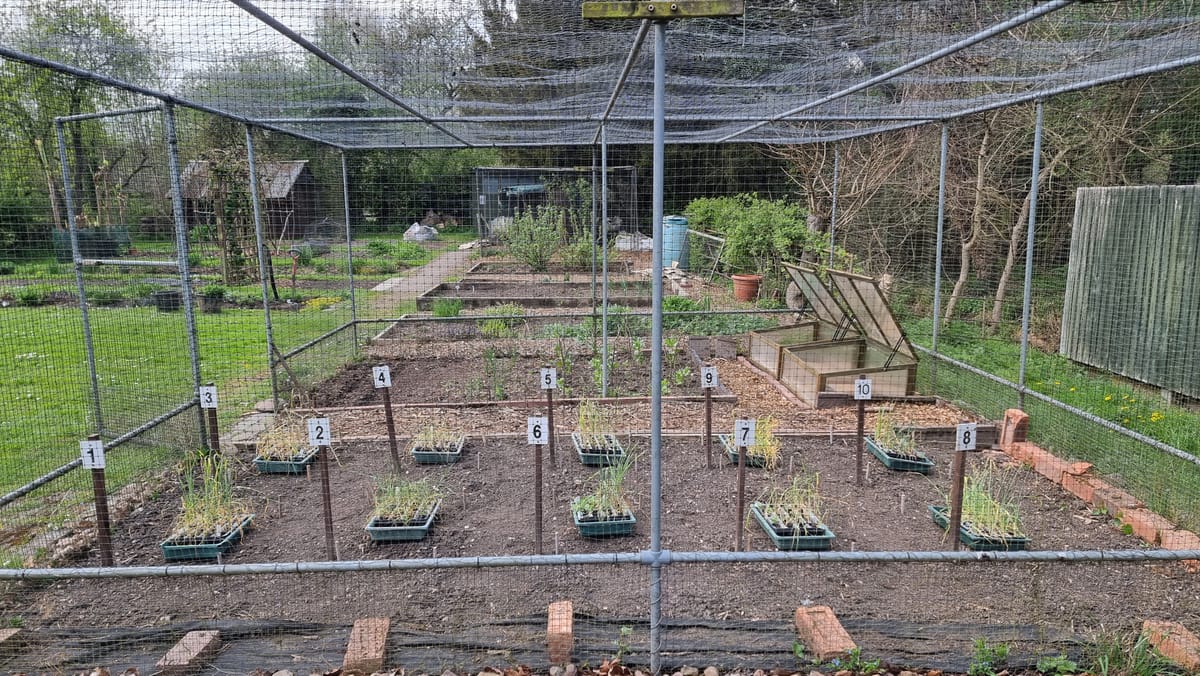
Here are the varieties we are growing in the Wheat Cage this year. We will update the images with new photos of our own crops as they mature.

The numbers in the table above relate to the labels in the wheat cage, and the descriptions below.
Wheat
1 - “Soissons" (Triticum aestivum)
Soissons is a short-strawed variety of bread wheat. It gained popularity in the UK from the late 1990s into the early 2000s, particularly for its early maturity and reliable performance. Originally developed in France during the 1970s, it was well-suited to British growing conditions and became a favourite among farmers looking to spread harvest timings or avoid late-season weather risks. With a distinctive awned (bearded) appearance, Soissons offered good grain quality and yield potential, though its susceptibility to late frosts meant it required careful management in some regions, and is generally only grown in the south of the UK.
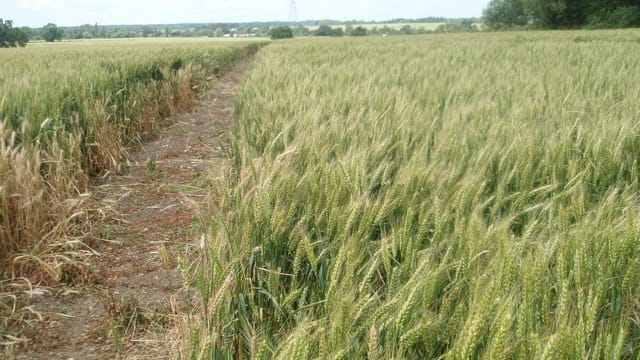
2 - "Crusoe" (Triticum aestivum)
Crusoe is a popular wheat variety in the UK, loved for its excellent milling quality and strong gluten, making it a top choice for Group 1 bread-making. One of the easiest ways to spot it in the field is by its bright green foliage, which stands out due to the lack of the grey waxy coating found on many other wheat types. This awnless variety, introduced in the early 2010s, is known for its impressive yield potential and resistance to diseases like yellow rust, though it can be a little more vulnerable to Septoria. Crusoe's combination of high-quality milling and solid performance in the field has made it a favourite with both growers and millers. It's a reliable choice that not only helps farmers achieve good harvests but also ensures top-notch bread quality for bakers.
3 - Bearded White Wheat (Triticum aestivum)
Bearded White is a heritage variety of Triticum aestivum (common wheat) known for its striking appearance and traditional value. As the name suggests, it has long, prominent awns, or "beards", extending from each grain, giving the ears a distinctive bristly look. The grains mature to a pale or creamy white colour, in contrast to red or tan types like Redfast. Bearded White was once grown in parts of Britain and valued for its tall straw, which made it useful not just for grain, but also for thatching and traditional crafts like corn dollies. Though rarely grown commercially today, it's sometimes cultivated in heritage or conservation settings, helping to preserve the genetic diversity and cultural history of British wheat.
4 - “Maris widgeon" (Triticum aestivum)
Maris Widgeon is a beloved British heritage variety of wheat, developed in the 1960s at the Plant Breeding Institute in Cambridge. Known for its strong gluten content, it’s prized for making bread with a traditional flavour and texture. What really sets it apart is its tall, sturdy straw, which made it a favourite for thatching and crafting corn dollies. Unlike modern wheat, it wasn’t bred to be shorter for machinery, so its long stems are ideal for these uses. Despite being removed from the UK National List at times, efforts to preserve it have kept this unique variety available for those who appreciate it.
5 - Durum Wheat (Triticum durum)
Durum wheat is a hard, pale yellow wheat that’s best known as the key ingredient in pasta. Its firm, dense grains are ground into semolina, which gives pasta like spaghetti and macaroni their bite and golden colour. Unlike bread wheat, durum doesn’t rise well, so it’s not usually used for making fluffy loaves, but it’s perfect for pasta, couscous, and some flatbreads. Durum grows best in hot, dry climates, so you’re more likely to find it in places like southern Europe or North Africa than in the UK. Still, it’s an important part of the global wheat family, and many of our favourite pasta dishes wouldn't be the same without it!
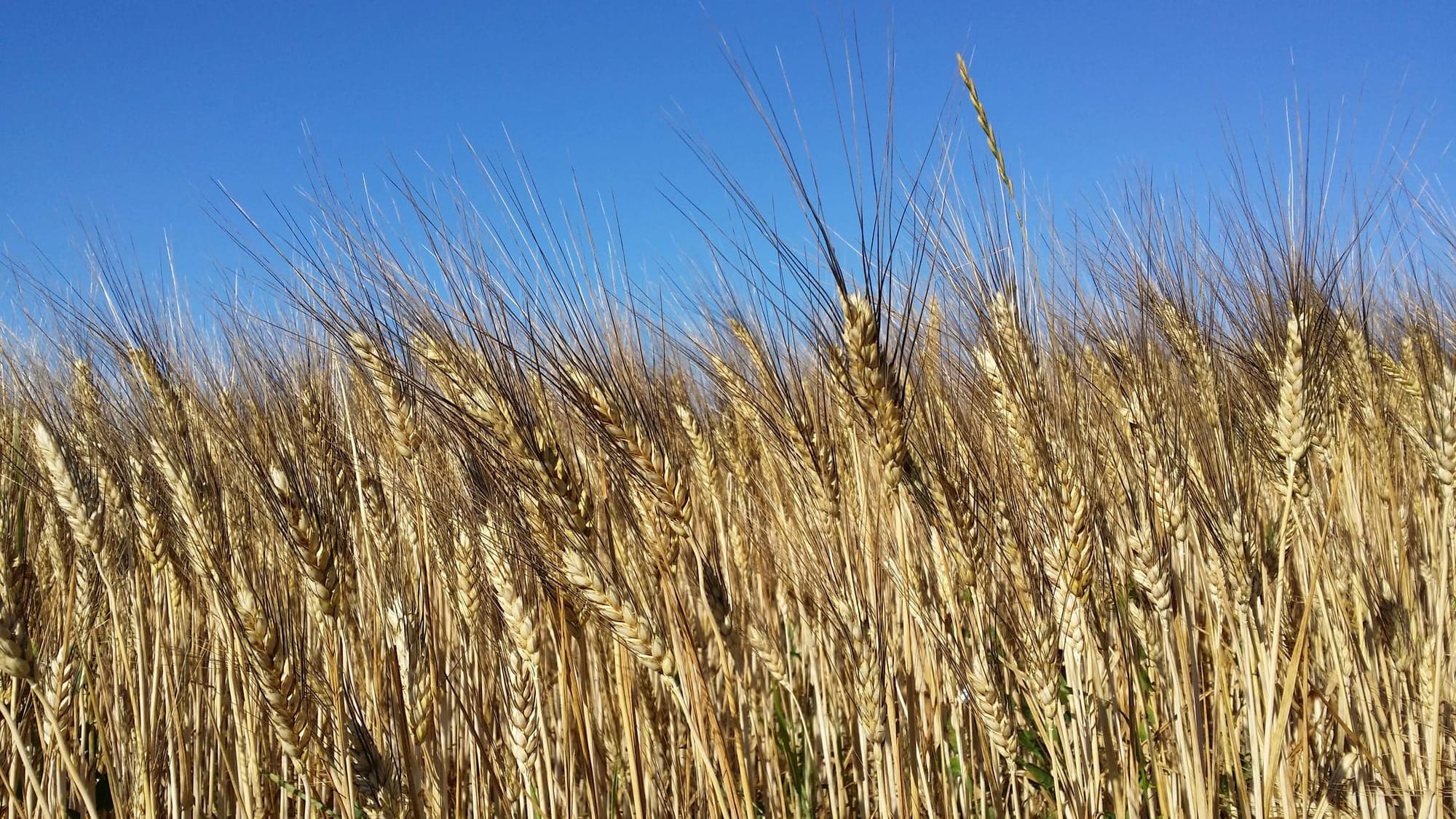
You can read more about wheat here.
Barley
Barley is thought to have originated in Ethiopia or southwest Asia, cultivated in Egypt by 5000 BC and spreading across Europe by 2000 BC. In 2024, UK barley production was estimated at 7.1 million tonnes, an increase of 1.8% on 2023. This comprised a 24% decrease in winter barley production offset by a 24% increase in spring barley. The crop is primarily used for animal feed and for malting, a key part of brewing beer and making malt whisky. Barley flour has low gluten, so it makes a heavy loaf unless blended with wheat flour, but it’s still used in foods like pearled barley, barley water, and malt extract. Interestingly, barley once played a role in how we measured things: the old English inch was based on three barleycorns laid end to end, and other units like hands, feet, yards, and even miles were built up from there. We are growing both two- and six-row varieties in the Wheat Cage this year:
6 - Barley 2-Row (Hordeum vulgare distichon)
The barley seen growing in our local fields is usually the 2-row variety that is used for beer making. Two-row barley is a traditional type of barley that’s especially valued in brewing. As the name suggests, the grain grows in two neat rows along the ear, giving it a balanced shape and more consistent grain size, just what maltsters and brewers like. In the UK, two-row varieties with low protein content are preferred for making high-quality malt, which goes into beer and whisky production. It’s not just for drinks though, barley can also be used in foods like soups, stews, and health foods. While six-row barley is more common in parts of the world like the US, two-row remains the go-to in Britain, especially for that perfect pint.
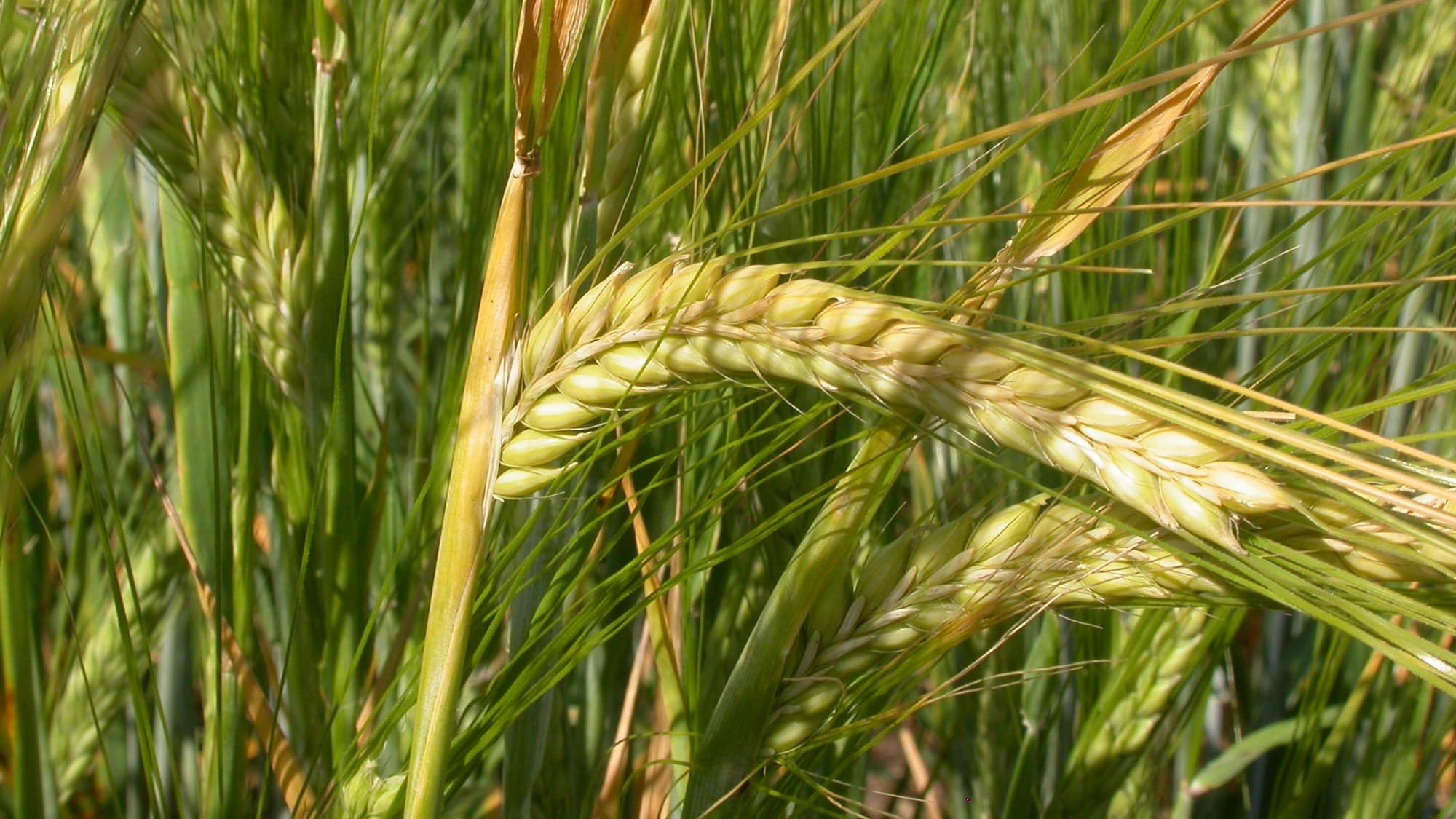
7 - Barley 6-Row (Hordeum vulgare vulgare)
Barley 6-Row has been a staple in agriculture for centuries and remains a popular choice for farmers due to its hardiness and ability to thrive in a variety of climates. 6-Row Barley is a traditional variety of barley that stands out for its six rows of grain, giving it a distinctive appearance. You are more likely to see 6-row barley in the northern parts of Britain. It's well known for its versatility and is often used for animal feed, malting, and brewing, especially in beer production. Its slightly higher protein content makes it perfect for these uses, where quality and consistency are key. Whether it's providing the base for a craft beer or feeding livestock, this variety continues to play an important role in the farming industry.
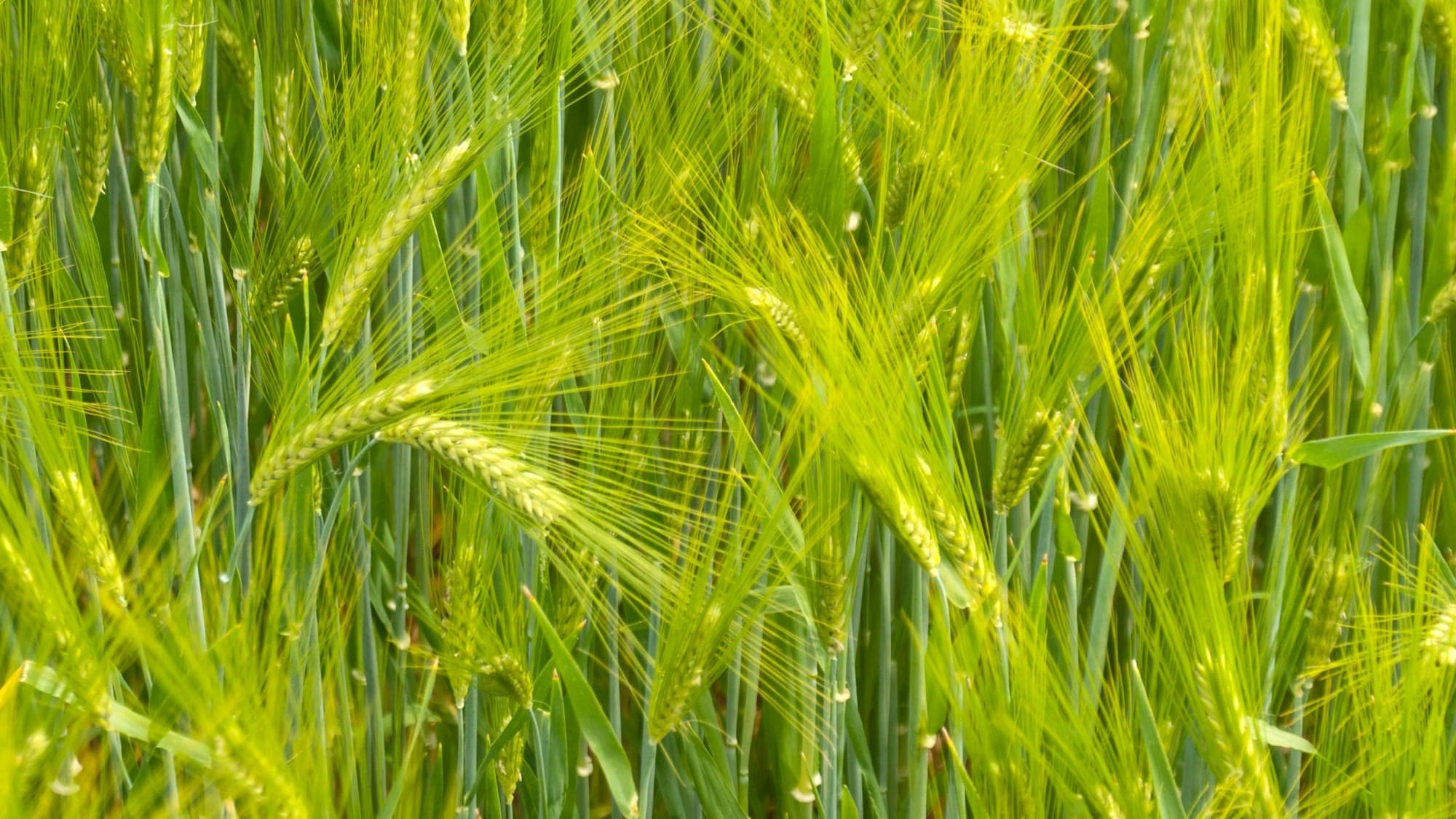
Oats
8 - Oats (Avena sativa)
Oats have been enjoyed since ancient times, though they weren’t widely cultivated until around 1,000 BC. They’re a hardy, versatile cereal that thrives in cooler, wetter climates, which makes them well suited to parts of the UK, especially Northern England and Scotland. The UK typically produces between 800,000 and 1 million tonnes of oats annually. Once widely grown to feed working farm horses, their cultivation has declined with the shift to modern farming, but oats remain an important crop. With their rich, nutty flavour and high fibre content, oats remain a much loved and nutritious grain in kitchens around the world. They’re best known for their role in breakfast foods like porridge, oatcakes, and muesli, as well as for baking and cooking. Naturally gluten-free, oats are a great option for those avoiding gluten, provided there’s no contamination. Oats are still used in animal feed and as a cover crop to help improve soil health.
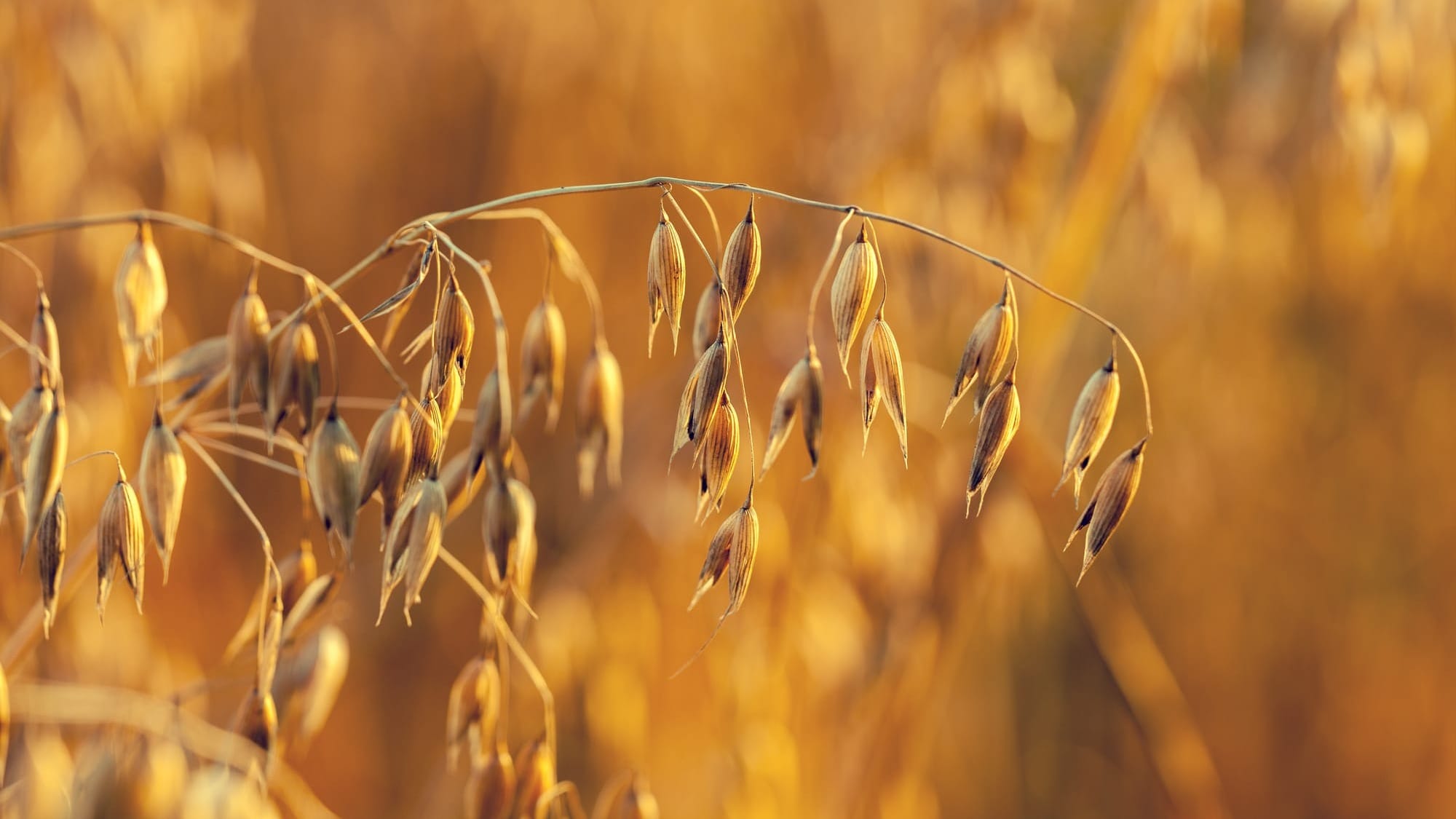
9 - Rye
Rye is believed to have originated in North Africa and the Near East around 3,000 BC. It grows well in colder climates than wheat. Some archaeological finds, like the charred rye grains found at Coleshill Street in Sutton Coldfield, show it was once used in medieval times. By the 16th century, it was used for bread in Russia, Northern Europe, and Britain. Rye is considered a niche crop in the UK. In 2024, national rye production was estimated at 20,000 tonnes, a 33% decrease from the previous year's 30,000 tonnes. Rye cultivation in the UK is utilized in the production of rye-based food products such as crispbreads and specialty breads. It is also used in the distillation of rye whiskey. New rye varieties like SU Karlsson, introduced in 2024, have been developed specifically for biogas production, demonstrating higher gas yields compared to other varieties.
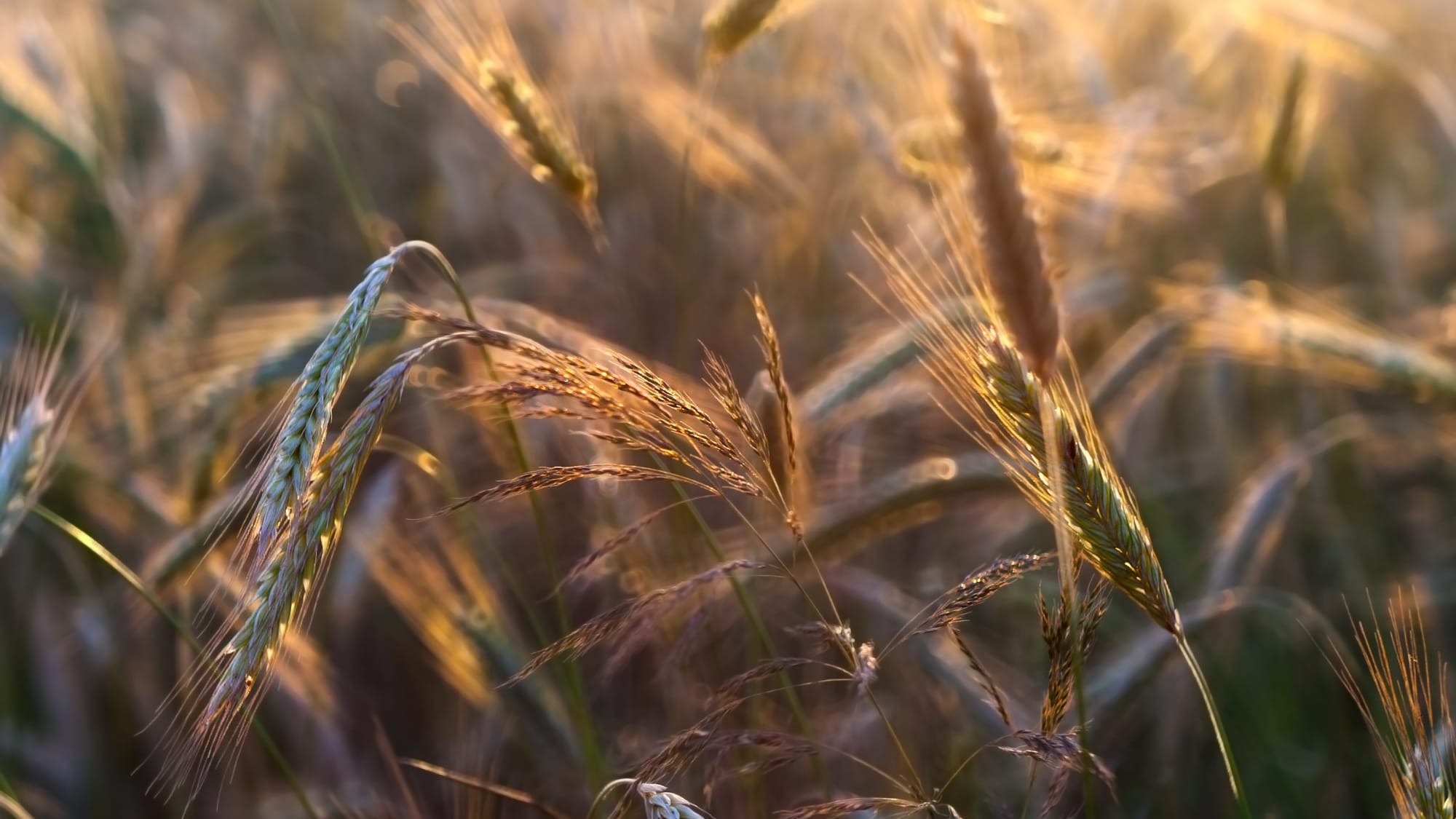
10 - Spelt
Spelt is an ancient form of wheat with tough outer shells. Although it was once common in Britain during the Iron Age and Roman period, it was replaced by easier-to-thresh wheat for bread making. A second hybridisation of bread wheat and emmer wheat gave rise to European Spelt. Today, spelt is grown in small amounts in the UK, Europe (especially Germany), and America. It is often used in health foods, and its grain can be used to make flour for bread, muesli flakes, or it can be roasted as a coffee substitute. Spelt is a niche crop in the UK, primarily grown for the health food market. Both traditional and European varieties are grown. The choice often depends on the specific requirements of farmers and processors, such as yield, disease resistance, and milling qualities. Traditional spelt varieties are valued for their heritage and flavour, whilst European strains might be selected for their agronomic performance.
